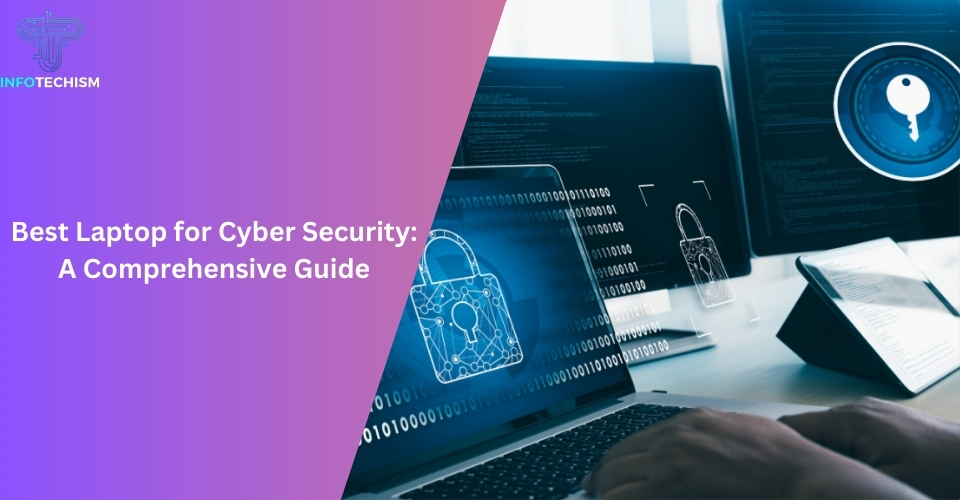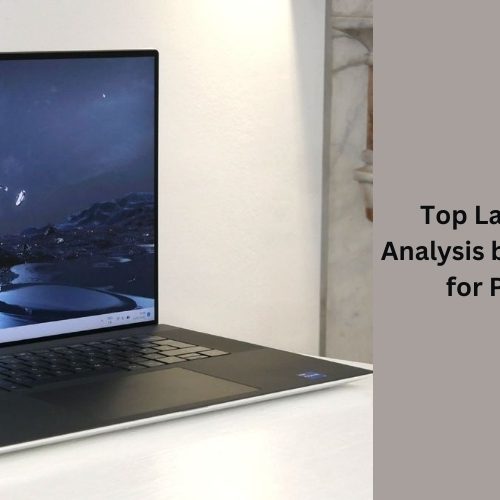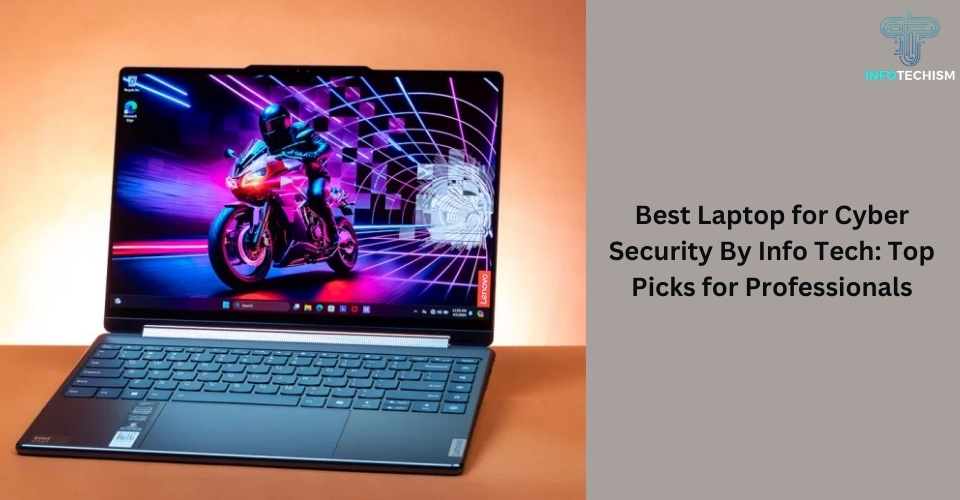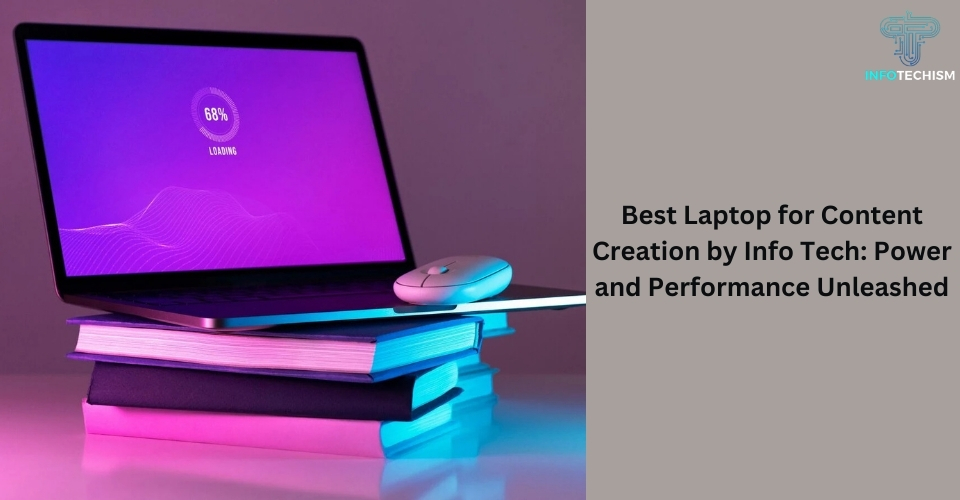Introduction
A robust and reliable laptop is essential for professionals working in cybersecurity, as it serves as the primary tool for conducting various tasks, from vulnerability assessments to incident response. This article will explore key factors to consider when selecting the best laptop for cybersecurity and provide recommendations for different needs.
Essential Features for a Cybersecurity Laptop
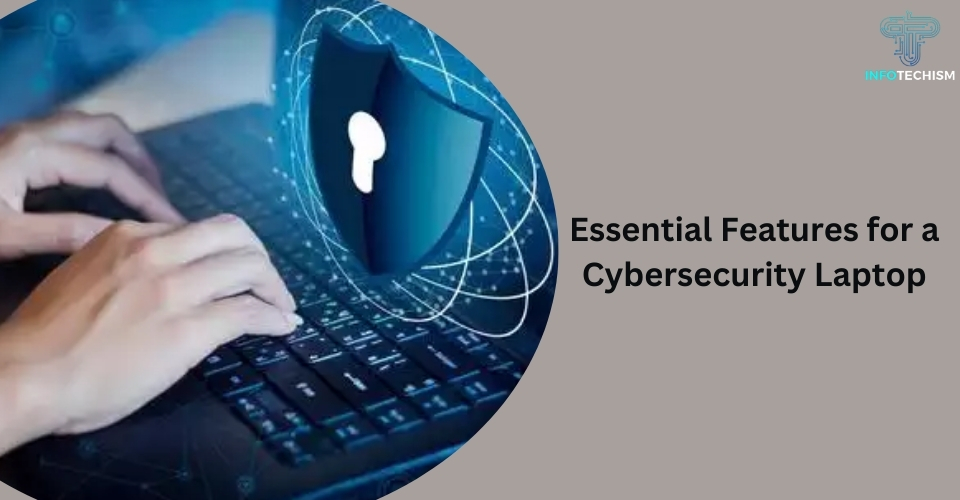
- Powerful Processor: A high-performance processor is crucial for handling demanding cybersecurity tasks, such as running complex malware analysis tools and simulating network attacks.
- Ample RAM: Cybersecurity professionals often work with large datasets and multiple applications simultaneously. A minimum of 16GB of RAM is advisable, but 32GB or more is ideal for intensive workloads.
- Sufficient Storage: Secure storage is essential for protecting sensitive data. Consider a solid-state drive (SSD) for faster boot times, data transfer speeds, and improved overall performance compared to traditional hard disk drives (HDDs).
- Dedicated Graphics Card: While not strictly necessary for all cybersecurity tasks, a dedicated graphics card can accelerate certain operations, such as machine learning algorithms and data visualization.
- Security Features: Look for laptops with built-in security features like hardware-based Trusted Platform Module (TPM) for secure boot and encryption, fingerprint or facial recognition for biometric authentication, and a webcam with a privacy shutter.
- Portability: If you need to work on the go, a lightweight and portable laptop is essential. While buying it consider screen size, weight, and battery life.
Best Laptop Recommendations for Cybersecurity Professionals
- High-Performance Workstation: For those who require maximum power and versatility, a high-performance workstation is the ideal choice. Look for models with powerful processors, ample RAM, and professional-grade graphics cards. Examples include the Dell Precision 7770 and HP ZBook Studio G7.
- Mid-Range Powerhouse: If you need a balance of performance and portability, a mid-range powerhouse is a good option. These laptops offer solid performance without breaking the bank. Consider models like the Apple MacBook Pro 16-inch and Dell XPS 15.
- Budget-Friendly Option: For those on a tighter budget, there are still good options available. Look for laptops with decent processors, sufficient RAM, and a reliable SSD. Examples include the Lenovo ThinkPad T490 and HP EliteBook 840 G7.
Additional Considerations
- Operating System: Choose an operating system that is compatible with your preferred cybersecurity tools and applications. Windows, macOS, and Linux are all popular options.
- Display: A high-quality display with good resolution and color accuracy is essential for tasks like analyzing network traffic and reviewing digital evidence.
- Connectivity: Ensure that the laptop has the necessary connectivity options, such as USB-C, Thunderbolt, Ethernet, and Wi-Fi.
- Warranty and Support: A good warranty and reliable customer support can be invaluable in case of any issues.
Additional Tips for Choosing a Cybersecurity Laptop
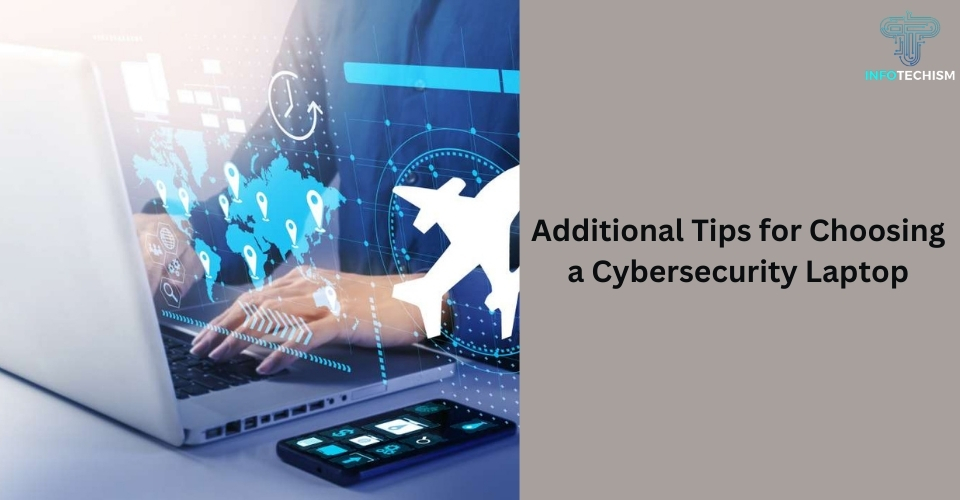
- Consider Future Needs: As cybersecurity technology evolves, consider how your laptop needs might change in the future. A laptop that can be easily upgraded or customized can be a valuable investment.
- Check for Certifications: Look for laptops that have certifications like MIL-STD-810G, which indicate that they have been tested for durability and can withstand harsh conditions.
- Community Feedback: Research online forums and communities to get feedback from other cybersecurity professionals on their experiences with different laptop models.
- Test Before Buying: If possible, try out a laptop in person before making a purchase to ensure that it meets your ergonomic and comfort requirements.
Conclusion
Selecting the best laptop for cybersecurity requires careful consideration of factors like performance, security, portability, and budget. By choosing a laptop that meets your specific needs, you can enhance your productivity and protect sensitive data. Remember to prioritize features that align with your cybersecurity workflow and consider recommendations from experts in the field.

